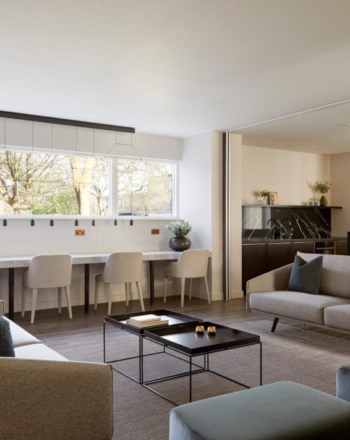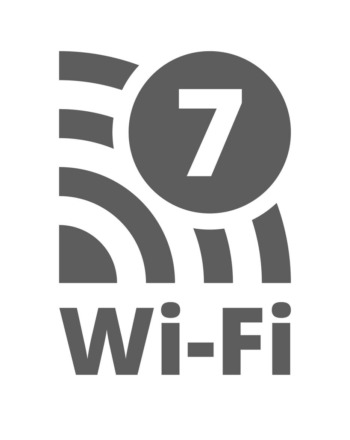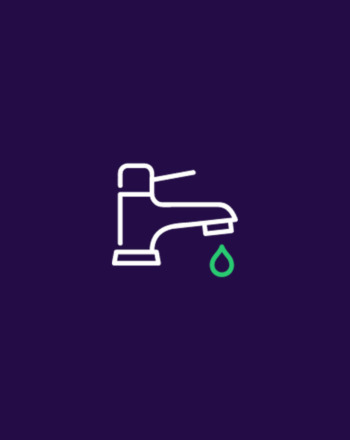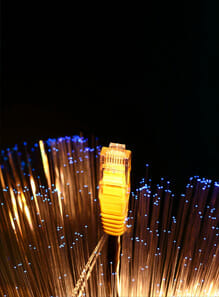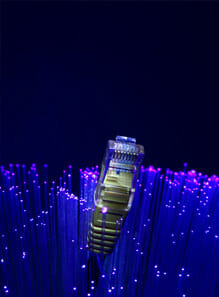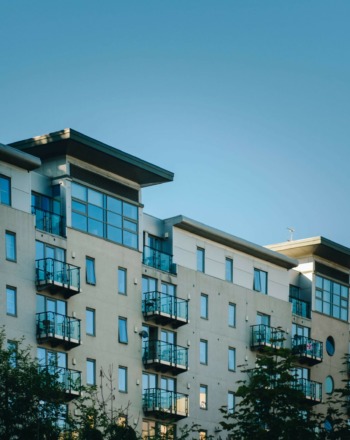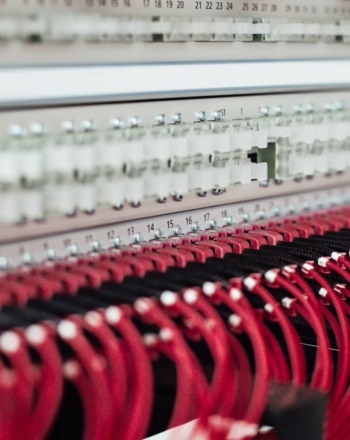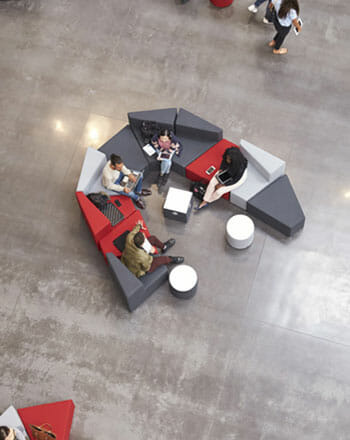Understanding Structured Cabling
Structured cabling is one of the most popular cabling choices available and is currently used within the IoT system. It is an organised system of wiring that can connect multiple devices to your network such as computers, printers, cameras and phones.
With this type of infrastructure, there will always be a number of smaller elements arranged into specific areas or zones.
Components of Structured Cabling System
The six key components of structured cabling system are:
- Entrance Facilities
Most services will be routed through a conduit in order to enter the premises through an opening on the wall. They would then be connected to the required devices situated inside the building.
- Equipment Room
It’s essential that a structured cabling system has a central equipment room to house elements such as servers, patch panels and network switches.
Once the supply from the entrance facilities has been established, it is connected to the devices in the equipment room. In order to optimise the lifespan of devices, it’s important to keep this space clean, dust free and at a suitable temperature with minimal moisture.
- Backbone Cabling
This type of cabling is installed on vertical channels or risers (hence it’s sometimes called riser cabling). Within backbone cabling there will also be subsystems.
The reason for its name is that it plays a key part in supporting the system - providing the link between elements such as the Entrance Facilities and the devices, and between two or more Equipment rooms, and between different carrier spaces
- Telecommunications Room
These are environment controlled spaces where hardware and backbone cables will be terminated. In these rooms, different cables are connected via local cables, patch cords and patch panels.
- Horizontal Cabling
This type of cabling is used to serve the telecommunication resources to the workspaces of the users. The maximum length of horizontal cabling should not exceed 295ft, and it runs from the user’s device to the nearest TR.
- Work Area
This is where a structured cable system ends. In most areas there will be a wall outlet to connect the telecom network to the user’s device.
Planning and Designing a Structured Cabling System
When it comes to planning and designing the right structured cabling system for your individual or business needs, there are some key factors you’ll need to consider:
- Location: whether indoor or outdoor / facilities and space available
- Bandwidth requirements
- Government regulations: it’s essential to make sure that these are met and that any system is compliant with Health and Safety guidelines.
- Special requirements such as large items of furniture to work around or extra elements required for the system
Installation and Implementation of Structured Cabling
The installation phase of structured cabling needs careful planning due to the multiple elements involved. The right cabling needs to be installed correctly in order to deliver the best possible rates.
It’s also important to keep installations tidy. Try to make future troubleshooting easier by using bundle cables when routing for both long and short distances. You should also create labelling schemes wherever possible for quick identification.
Futureproofing and Scalability in Structured Cabling
Although it can be difficult to anticipate where your business is headed, you ideally want any structured cabling to be designed with consideration for the future and flexibility.
Make sure that your structured cabling plans enable your business to grow or adapt as the business develops and potentially changes.
Maintenance and Troubleshooting of Structured Cabling
Although any structured cabling network will usually be installed by experts, it’s key to have a basic understanding of how things work so that you are able to maintain it and troubleshoot when required.
Employees need to be aware that any changes to the network infrastructure should be made in line with the structured cabling - rather than simply providing short term solutions. Maintaining structured cabling that has been thoughtfully designed will help you achieve great results.
When it comes to troubleshooting structured cabling, there are various monitoring tools that you can make use of to help identify issues within the network as early as possible.
Structured Cabling You Can Trust With Glide
With Glide, we aim for a better connected world that makes life and work more enjoyable for our customers. We believe that building a strong foundation for efficient network infrastructure will set businesses and individuals up for long term success.
Speak to us today to find out how we can help provide structured cabling you can trust- enabling exceptional communications and connectivity services.





